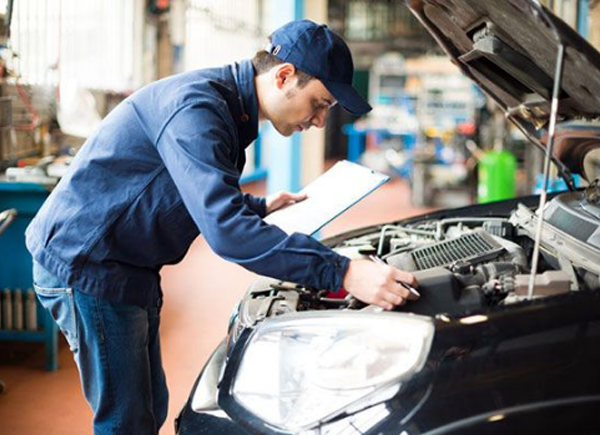An annual MOT is a legal requirement for any UK-registered vehicle over three years old. This legislation was originally enacted in 1960 in an effort to reduce the increasing number of serious accidents occurring on the UK’s growing road and motorway networks.
The original test only looked at three factors – steering, brakes, and lights – but the checklist has expanded to some thirty-odd items, divided loosely into six sections, with some overlaps.
Let us take a look at the important elements tested during an MOT.
Interior Checks
The MOT inspector will start off by sitting in the driver’s seat and looking about. They will mainly be looking to see if they have a clear view all around the car, so that if on the road, they can see all other road users, with a minimal or eradicated blind-spot, using the windows, windscreens, and mirrors. They will also look for seat belt attachments and fittings, check the dashboard for operational buttons and levers (everything should work smoothly without needing excess pressure, for example), and for any activated warning lights. Finally, they will try the brakes and test the steering wheel for excess play, and also sound the horn to make sure it is in good working order.
Exterior Checks
The external examination will check the general condition of the car body, looking for dents, rust, and other damage. The inspector will also ensure the bumpers and number plate are fitted firmly and appropriately, and in the case of the latter, ensure that it is clean and clearly legible in a legally compliant font. The inspector will also look at other features of the vehicle that are visible from the outside: wheels and tyres, shock absorbers, and the operation of the various lights.
Under the Hood
Popping the hood, the inspector will carefully examine what can be seen of the brakes, exhaust, suspension and steering/ drive shaft (if present) systems ensuring that they are in good condition. He or she will also check the general condition of the vehicle once again.
Under the Vehicle
Moving your car to an inspection pit, the inspector will complete the examination of the exhaust, brakes, suspension, and various steering systems, making sure that everything is properly attached and not leaking. Any emissions devices will be examined for tampering and appropriacy, and the fuel tank will be checked too. The insides of your wheels and tyres, as well as the axles, will be examined too.
Emissions
As well as being roadworthy, modern cars must not harm the environment in which they are operated, and this is where the emissions test comes in. The inspector will fix a small meter to the exhaust and measure what harmful gases are emitted and in what quantity, with legal levels quite low. Fortunately, modern vehicle manufacturers are working all the time on reducing these emissions even lower.
Brakes
Finally, still in a category all their own, because of the sheer importance of having reliable functioning stopping power, come the brakes. At this point in the test, the inspector will assess all the other brake system results that he or she has noted in the other sections of the test, and essentially bundle them into one cohesive result.
Now you know exactly what factors your MOT inspector will be looking for, you can book your test with a clear mind. Visit Elite MOT Centre London for the best MOT prices.



